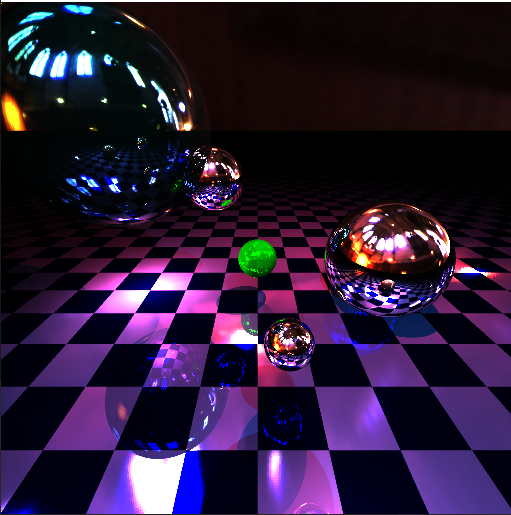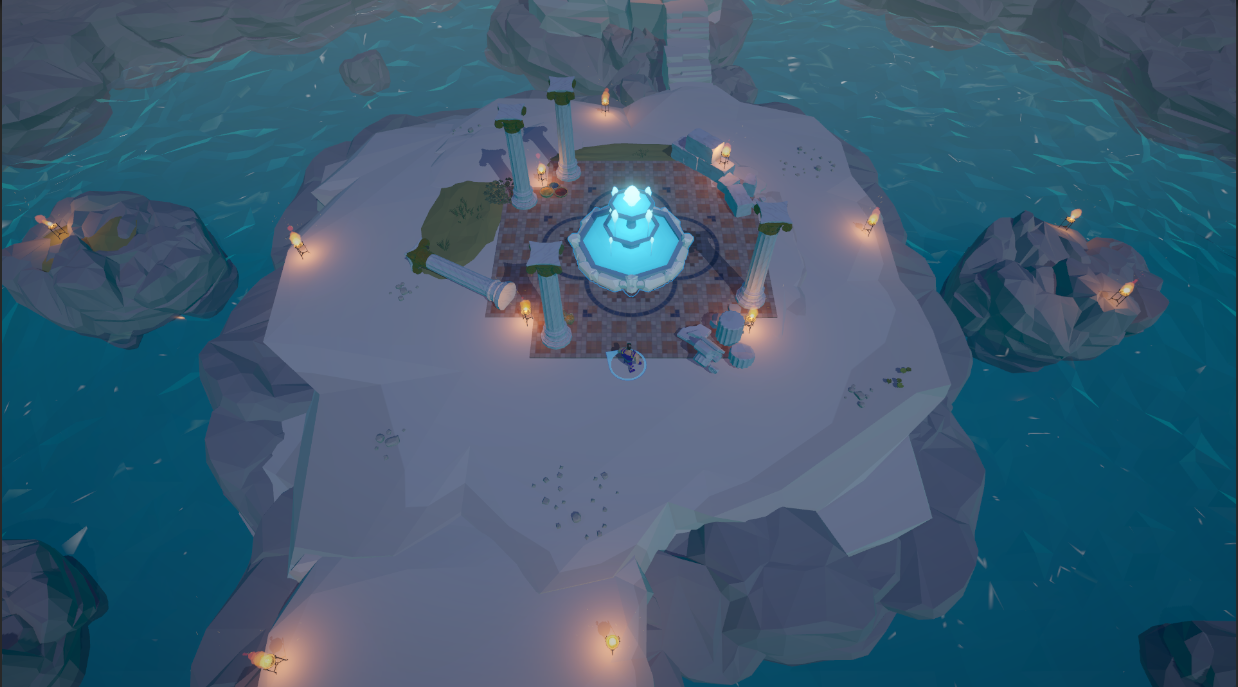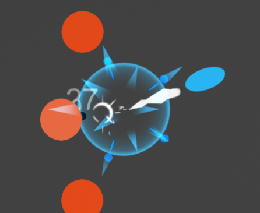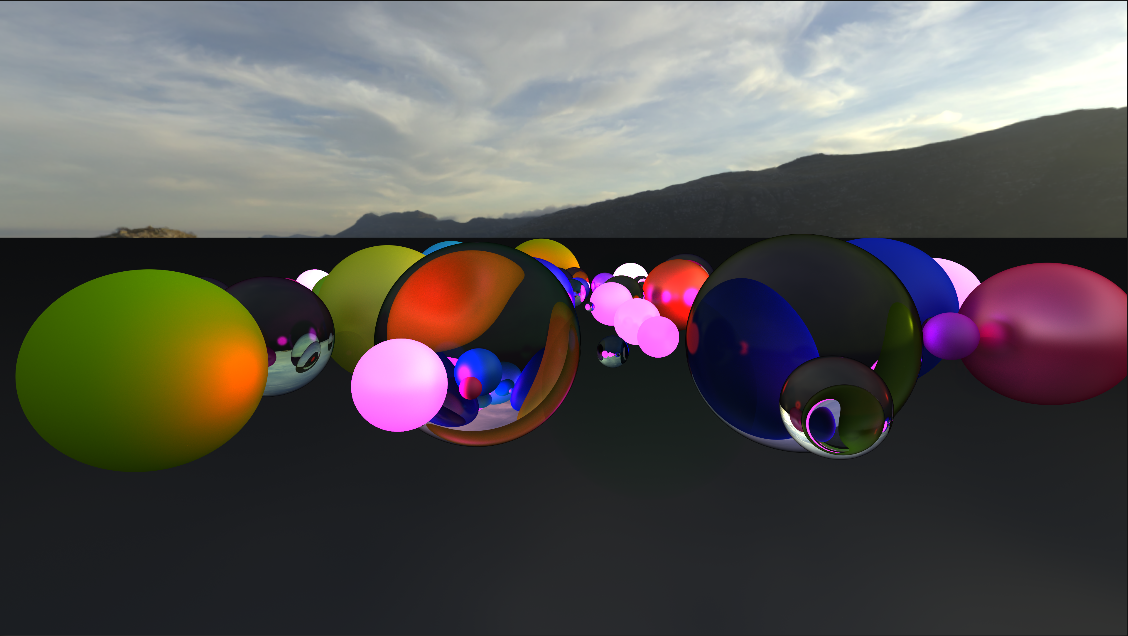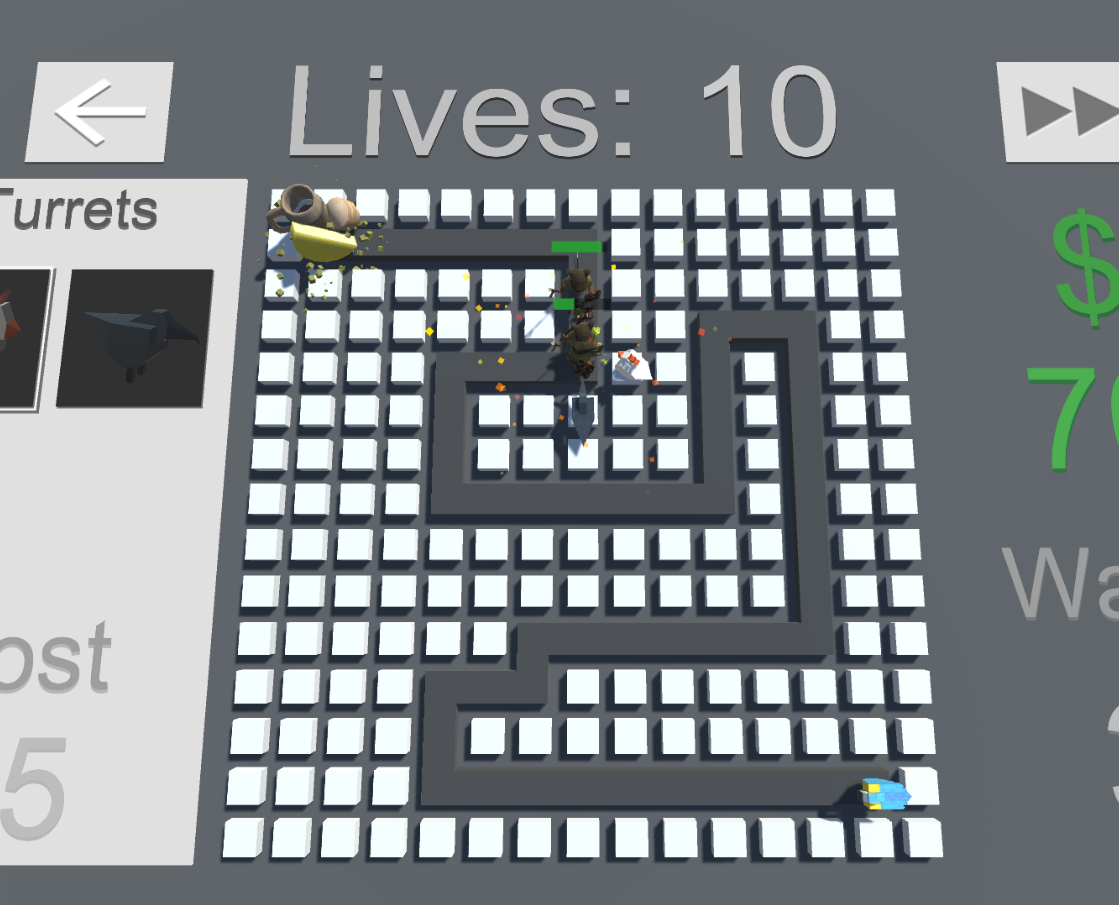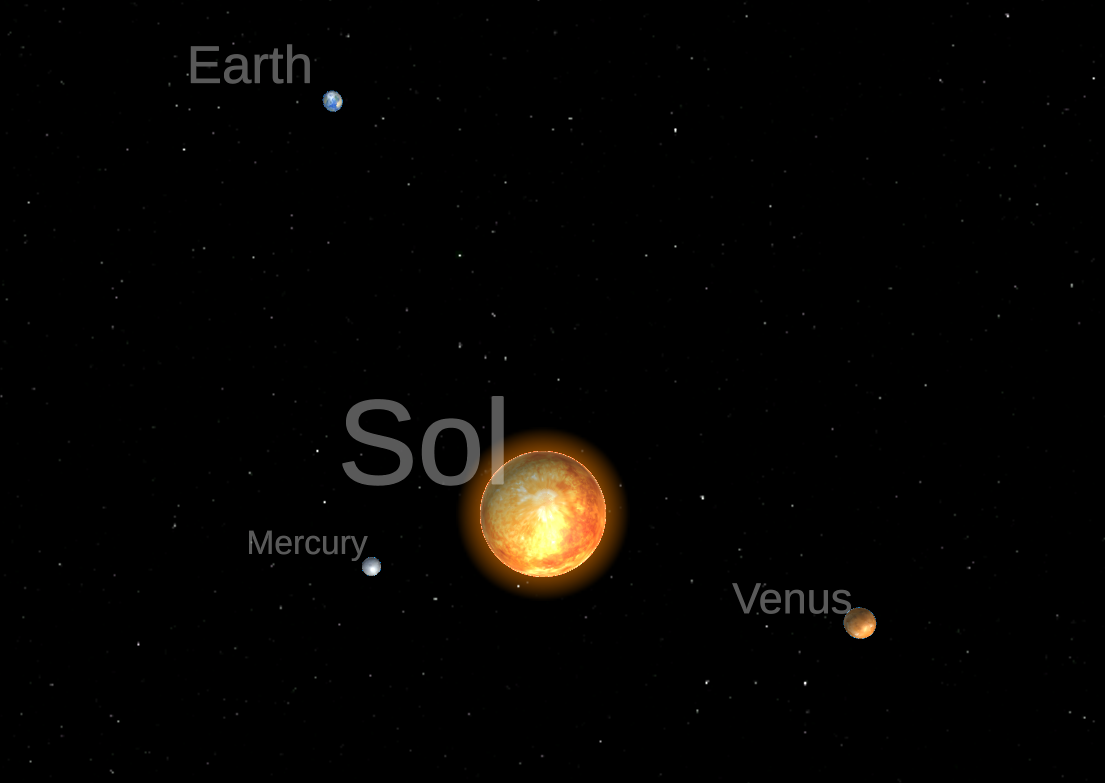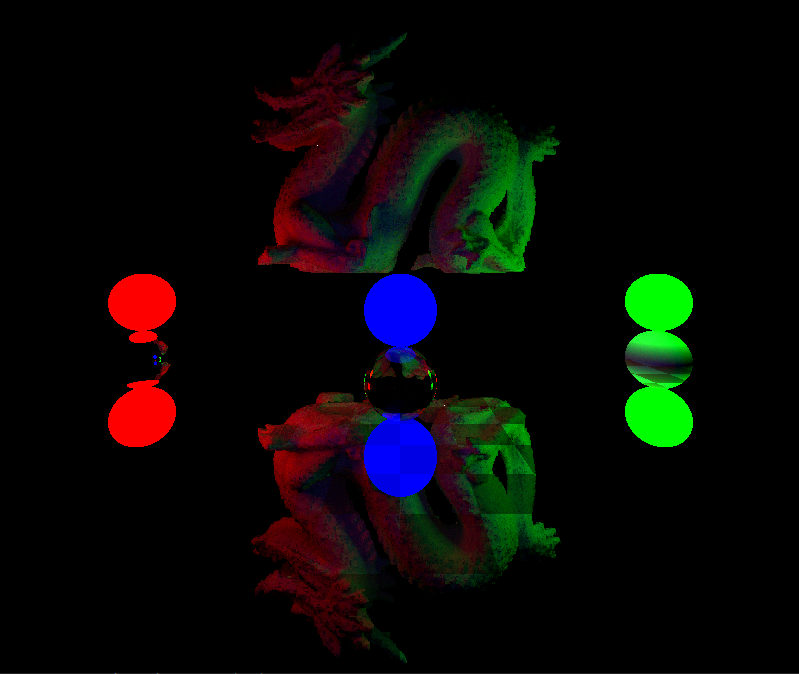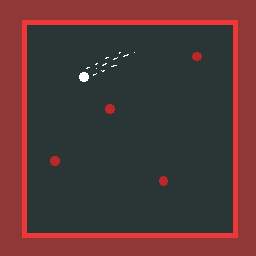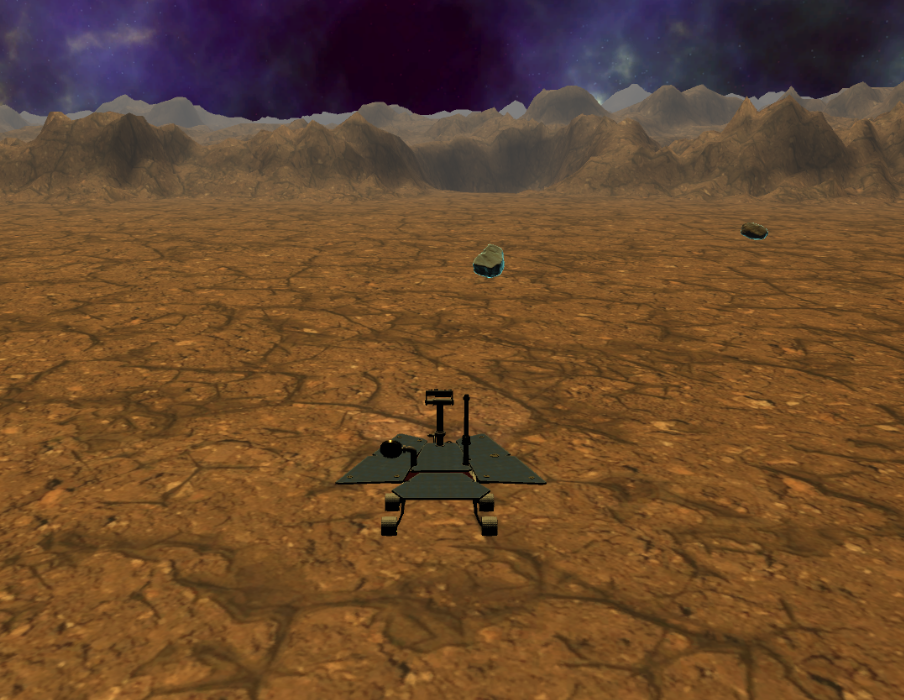The “Ray Tracer” project was an assignment for our first Graphics course, where we explored and experimented with different rendering techniques. Over the course of two months, we developed a program that simulated the behavior of light rays to render a 3D scene, using a method called ray tracing.
The challenge lay in getting the mathematical model to work correctly. This involved simulating “light” rays in reverse: sending a ray through each pixel of the screen and tracing its path until it either reached a light source or was extinguished after too many bounces.
For this assignment, we implemented the following key techniques:
- Primitive shapes: Rendering basic geometric shapes such as spheres and planes.
- Reflection and refraction: Simulating how light interacts with transparent and reflective surfaces.
- Shadows: Casting realistic shadows from objects within the scene.
- Skydome: Adding an environment map to provide background and ambient lighting.
While the performance of this ray tracer was typical for a first attempt, with minimal optimizations, it was a visually rewarding experience. This project also laid the foundation for future explorations into rendering techniques.
The project was completed in collaboration with:
